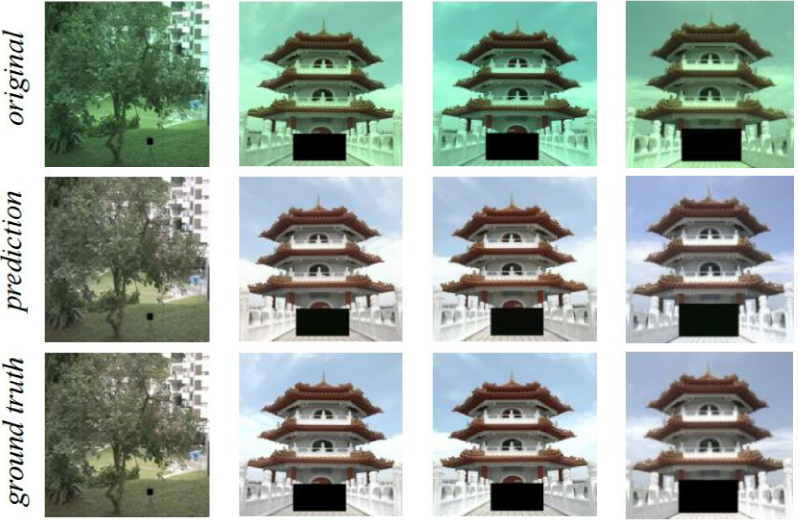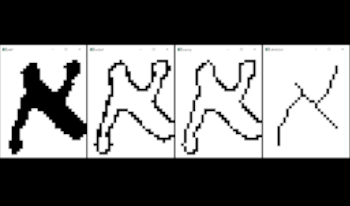
This study presents a novel character-level writer verification framework for ancient manuscripts, employing a building-block approach that integrates decision strategies across multiple token levels, including characters, words, and sentences. The proposed system utilized edge-directional and hinge features along with machine learning techniques to verify the hands that wrote the Great Isaiah Scroll. A custom dataset containing over 12,000 samples of handwritten characters from the associated scribes was used for training and testing. The framework incorporated character-specific parameter tuning, resulting in 22 separate models and demonstrated that each character has distinct features that enhance system performance. Evaluation was conducted through soft voting, comparing probability scores across different token levels, and contrasting the results with majority voting. This approach provides a detailed method for multi-scribe verification, bridging computational and paleographic methods for historical manuscript studies.

This study presents a novel character-level writer verification framework for ancient manuscripts, employing a building-block approach that integrates decision strategies across multiple token levels, including characters, words, and sentences. The proposed system utilized edge-directional and hinge features along with machine learning techniques to verify the hands that wrote the Great Isaiah Scroll. A custom dataset containing over 12,000 samples of handwritten characters from the associated scribes was used for training and testing. The framework incorporated character-specific parameter tuning, resulting in 22 separate models and demonstrated that each character has distinct features that enhance system performance. Evaluation was conducted through soft voting, comparing probability scores across different token levels, and contrasting the results with majority voting. This approach provides a detailed method for multi-scribe verification, bridging computational and paleographic methods for historical manuscript studies.

Handwriting significantly contributes to the task of the writer identification and verification of modern and historical documents. This work developed a writer verification system for ancient Hebrew square-script manuscripts, mainly based on the edge-direction feature. Two configurations within the proposed system are carried out, i.e., character-based edge-direction feature extraction and extraction techniques of handwriting shape representation that may drive the system performance. A classification-based verification approach, utilizing Support Vector Machine (SVM) as the classifier, is employed to evaluate the performance of the two configurations. This study has confirmed that the skeleton-based shape representation technique outperforms the edge detection technique used in the predecessor approach. Furthermore, a character-based writer verification system provides the corresponding scholars and experts with an alphabetical investigation to identify the uniqueness of each writer’s handwriting.